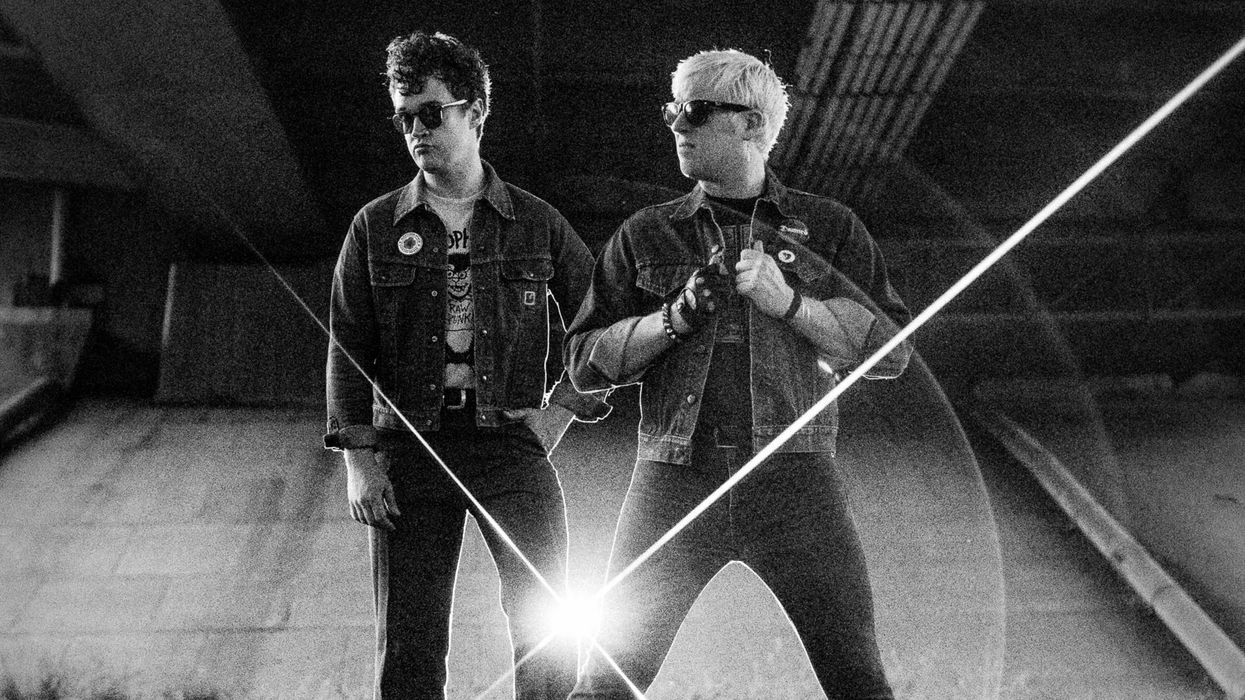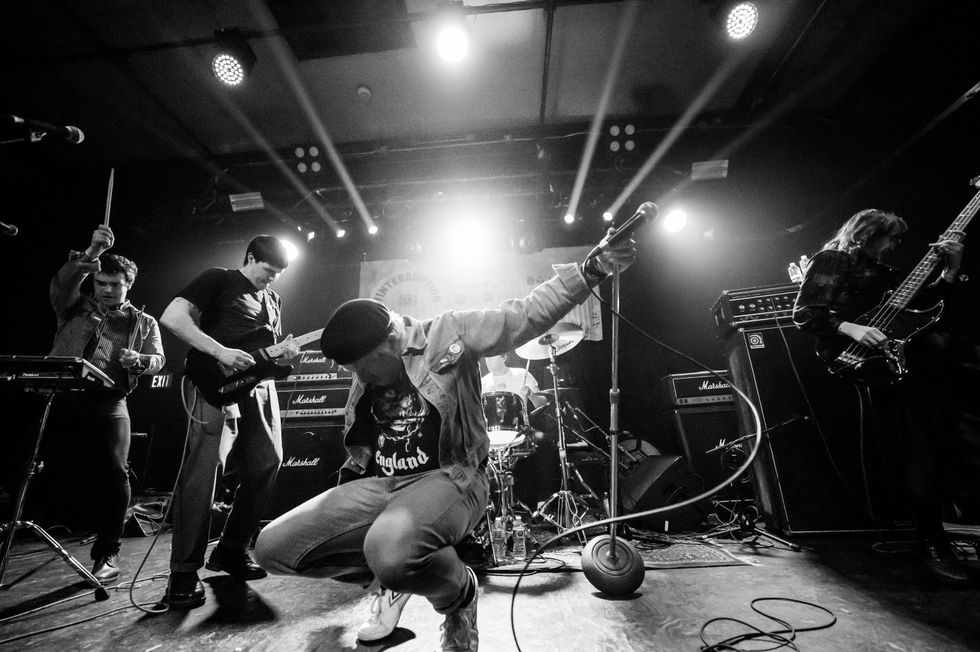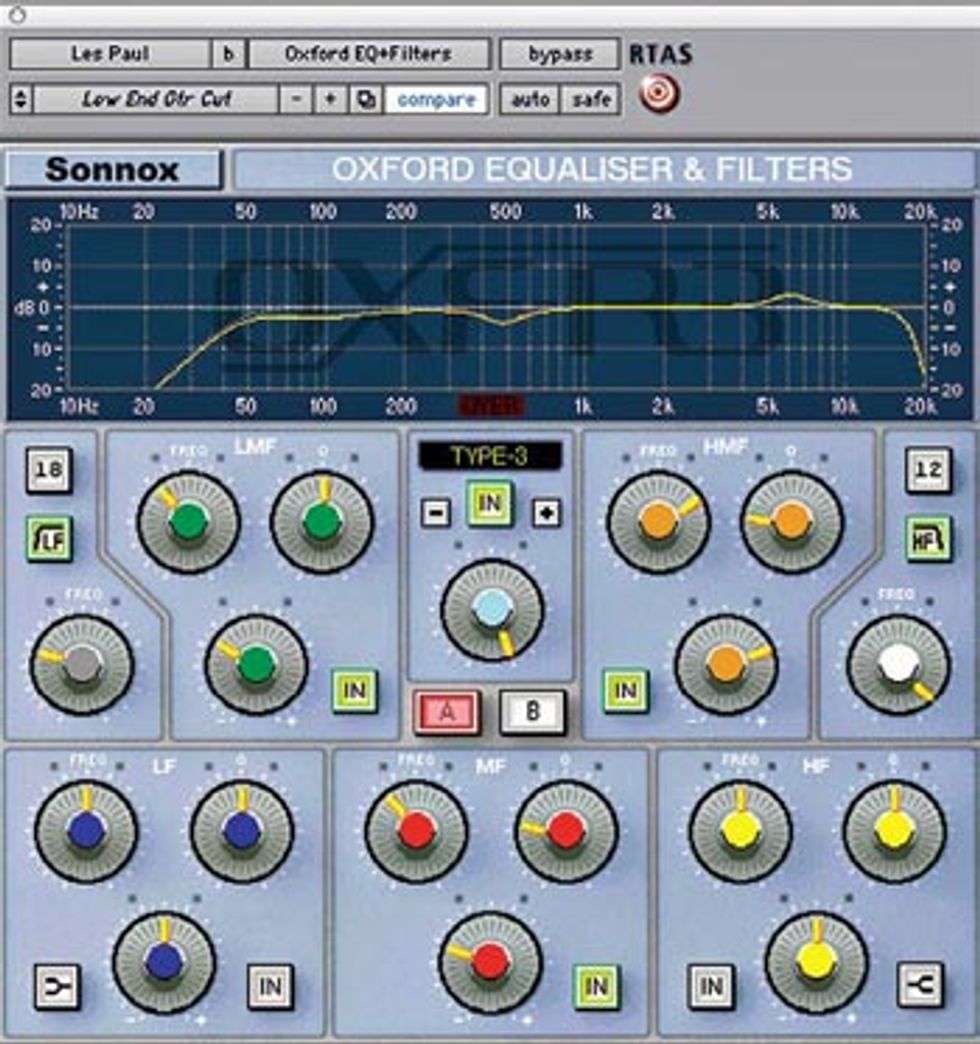 | |
|
Think about all the elements that sit in a typical piece of music – drums, bass, keys, percussion, vocals, guitars and sometimes even entire 80-piece orchestras. While this can vary wildly, the point is that there are many instruments competing for the same sonic space. We players like to make sure the guitars sit loud and proud in the mix, but in order to do that you have to allow all of the other instruments to shine through as well. While volume seems like the most obvious thing to make that happen, creative equalization is often a better choice.
With a typical electric guitar track, you are placing a mic or two on a cabinet – or using plug-ins. With acoustics, it’s a mic, DI or combination of both. When you listen back, take a moment to think about how much low-end information has been captured from around 140 Hz and below. There’s usually quite a bit and that’s right where you want the bass and kick drum to live in your mix – among other things. If you put up all the tracks and find that you can’t hear that bass and kick over your guitars, try to filter out the sound with an EQ.
In the screenshot, you can see a preset I have on the Sonnox Equalizer plug-in for Pro Tools. By calling up my Low End Gtr Cut preset, I immediately have a starting point to begin carving out the guitar sound.
The LF button enables a high-pass filter that passes the high frequencies and reduces the low frequencies at the selected cutoff point or frequency. The number you see in the box above the LF filter represents the amount of attenuation of the slope presented in dBs per octave; in other words, the higher the number of the slope, the sharper the cutoff of the low frequencies.
Again, without getting too technical, the objective is to use a filter, combined with the EQ, to carefully reduce the bottom of the guitar track. By doing so, you can make room for the kick and bass, so they each have their place in the mix. The end result is that your final product will have more clarity, and your guitars will actually seem to have more presence. If there is no kick and bass, or it’s a solo piece, you generally don’t need to reduce the bass unless it’s overwhelming the speakers.
With that in mind, I will often enable a filter on a guitar track (or group of them) and sweep the frequency using the FREQ knob while simply listening to what works best. Be careful to not cut out too much low-end, as doing so is often perceived as “weight” in the overall sound. Typically, this type of filtering is done in the mix stage only, not when recording. While you could certainly filter when tracking, it’s much easier to clean up tracks on the back end. Also, if you’re not mixing the tracks yourself, whomever you send them to will have more to work with.
I will also assign the HF filter to remove some of the high-end and then slightly boost around 5-6 kHz while cutting more midrange mud at around 500 Hz. This is especially important when mixing acoustics, as DIs can be honky, as well as harsh, in the highs. Even with good microphones on an acoustic, I often cut frequencies in the 300-500 Hz range and filter the bottom out below 130 Hz.
For those of you who mix on consoles versus computers, the same basic theories will apply. Most good boards have filter cuts, which are often at fixed frequencies of either 80 or 100 Hz. However, you can use the low-band equalizers in combination with the filter to achieve the same results. Simply enable the low-cut filter, assign the low frequency to something near 100-150 Hz and start cutting and sweeping. You’ll quickly find that while you are reducing frequencies, the mix is actually sounding bigger.
Every track will have its own needs based upon the instruments involved, but I find most of the time that filtering both electric and acoustic guitars works wonders – try it for yourself!
Rich Tozzoli
is a producer, engineer and mixer who has worked with artists ranging from Al DiMeola to David Bowie. A lifelong guitarist, he’s also the author of Pro Tools Surround Sound Mixing and composes for such networks as Discovery Channel, Nickelodeon and National Geographic.



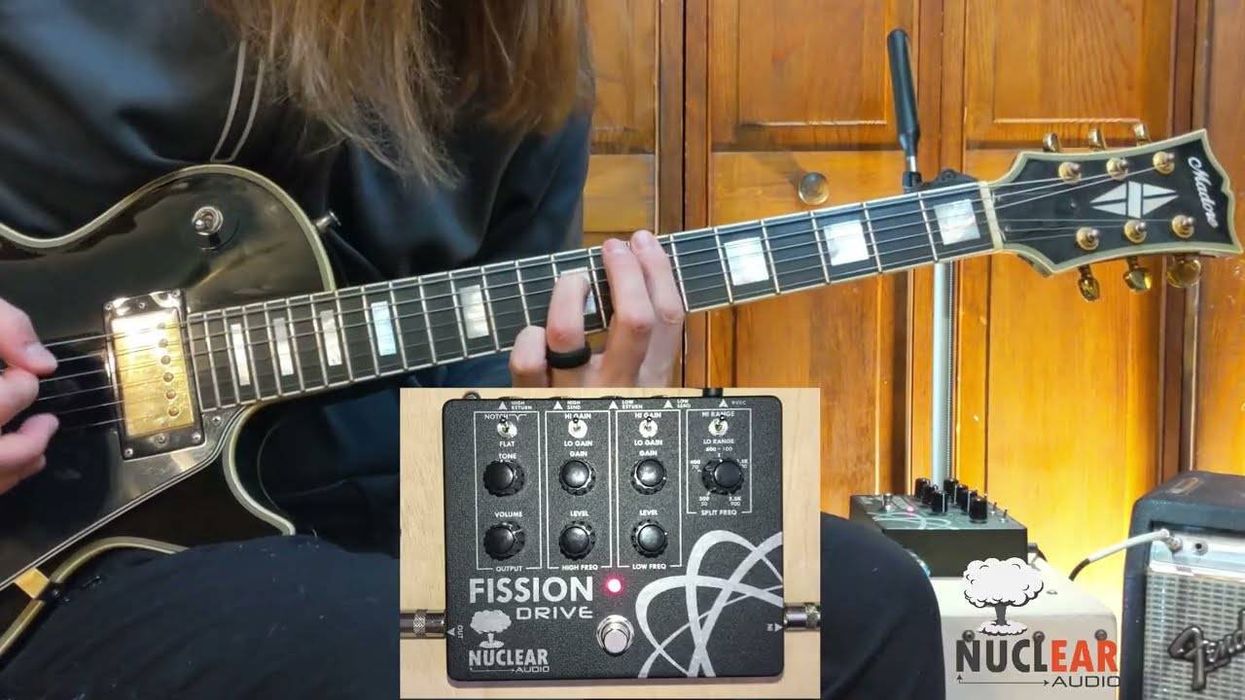




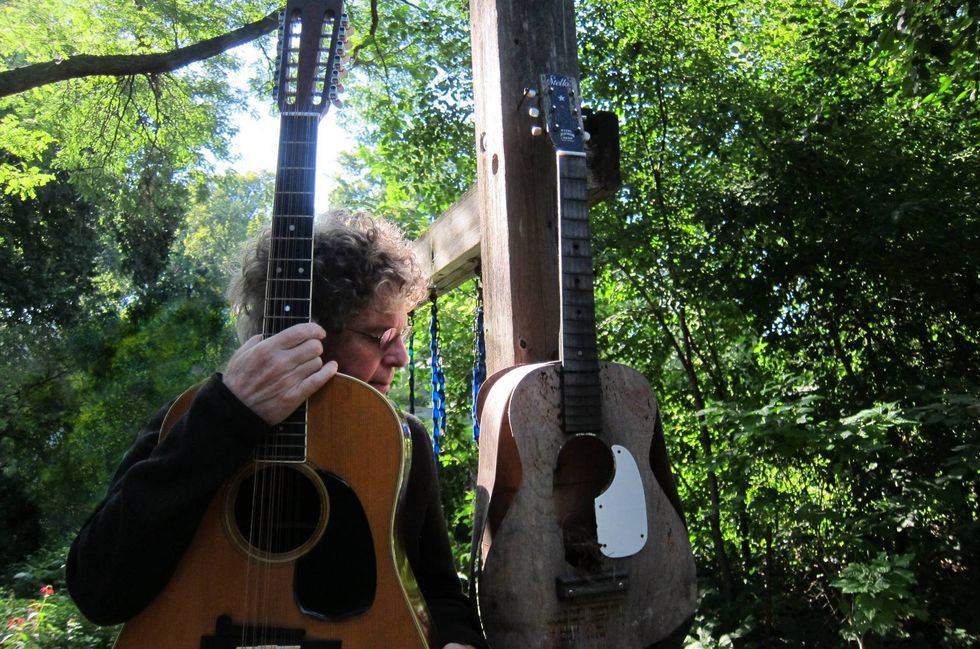
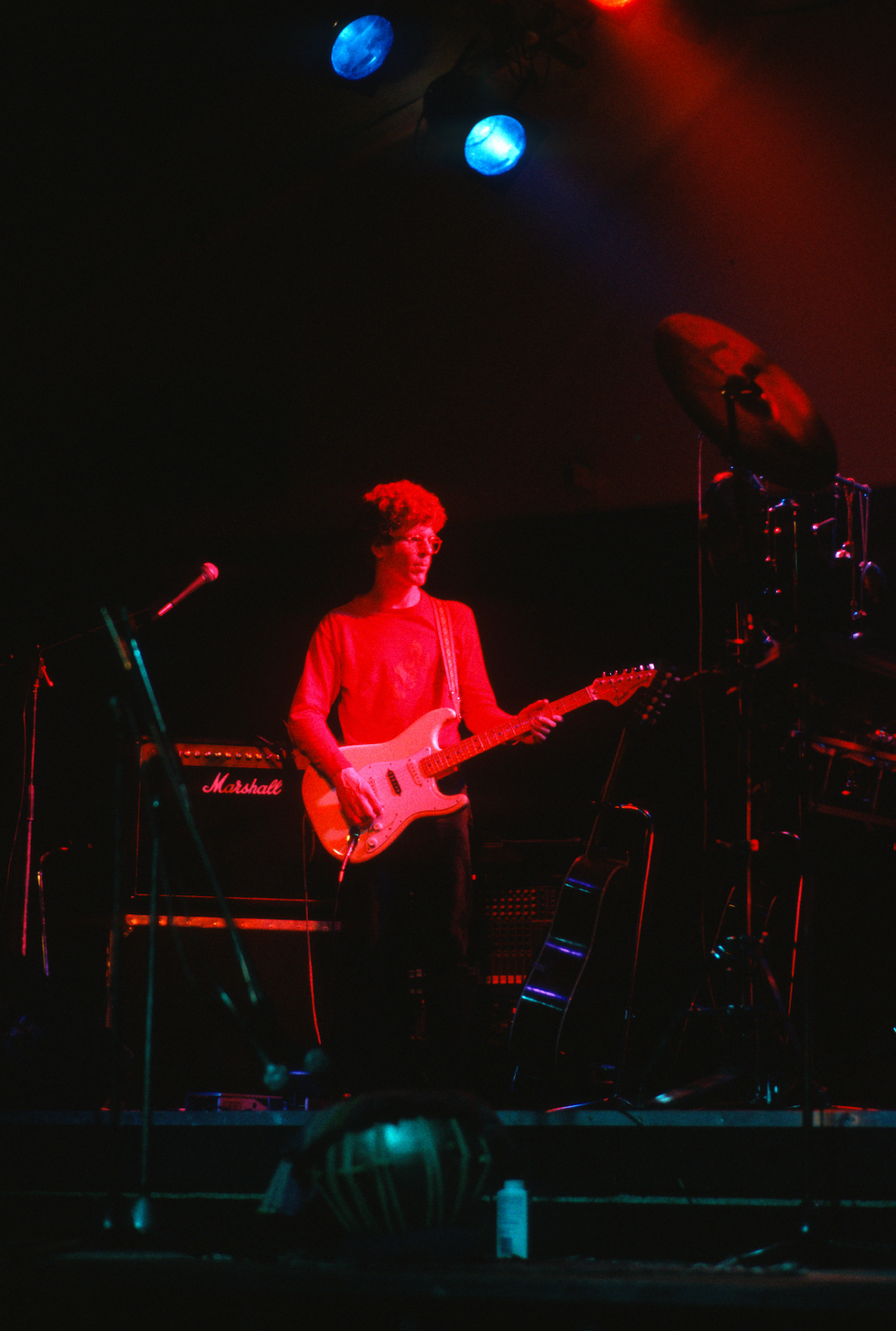
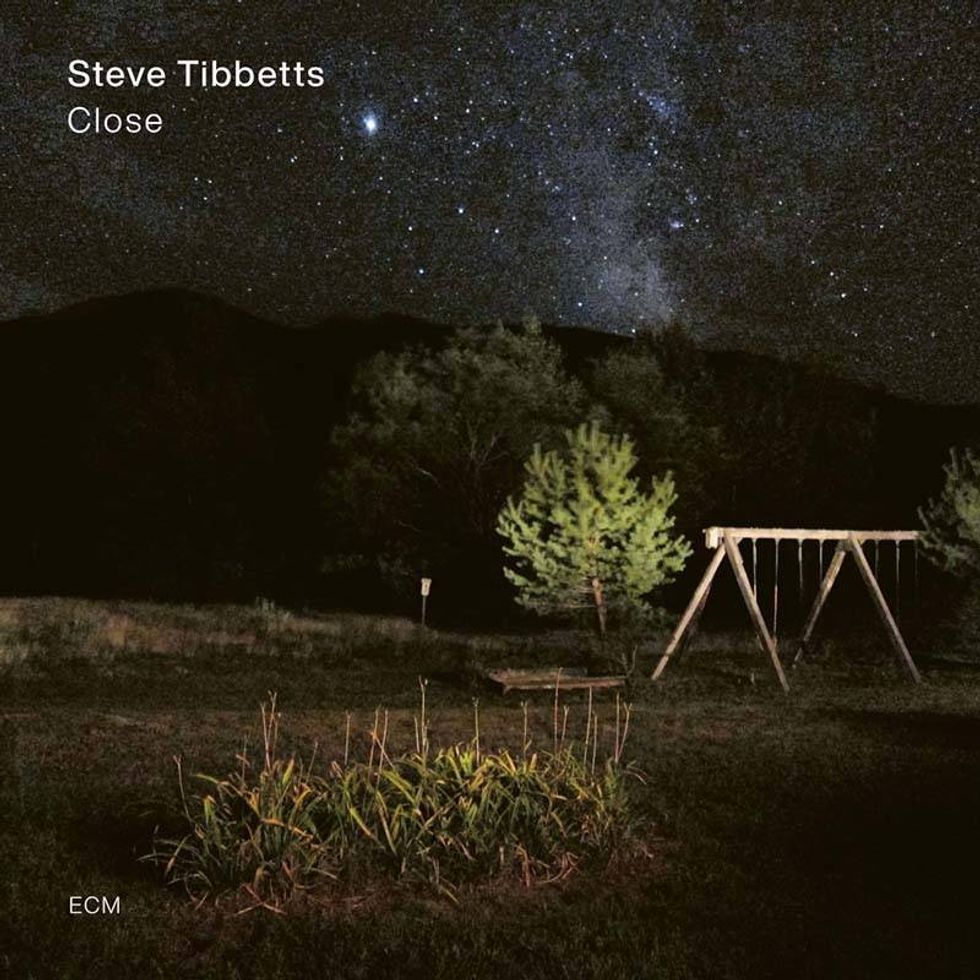



![Rig Rundown: Russian Circles’ Mike Sullivan [2025]](https://www.premierguitar.com/media-library/youtube.jpg?id=62303631&width=1245&height=700&quality=70&coordinates=0%2C0%2C0%2C0)





